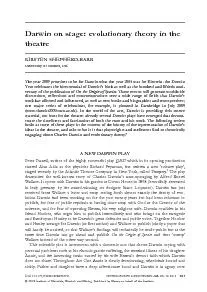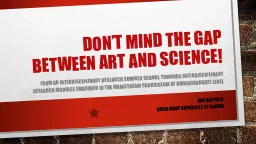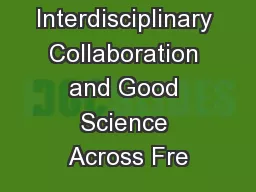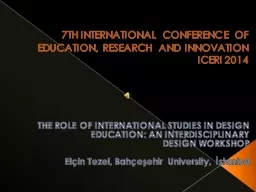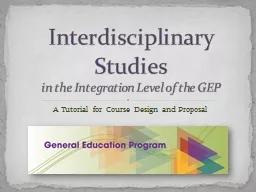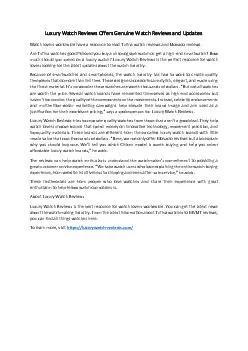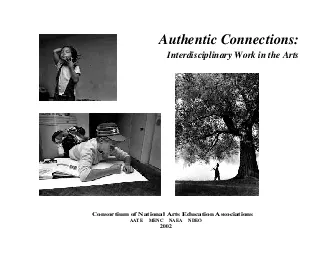PDF-INTERDISCIPLINARY SCIENCE REVIEWS, 2008, VOL. 33, NO. 2
Author : luanne-stotts | Published Date : 2015-11-20
KIRSTEN SHEPHERDBARRwork has affected and influenced as well as new books and biographies and retrospectivesmaterial not least for the theatre already several Darwin
Presentation Embed Code
Download Presentation
Download Presentation The PPT/PDF document "INTERDISCIPLINARY SCIENCE REVIEWS, 2008,..." is the property of its rightful owner. Permission is granted to download and print the materials on this website for personal, non-commercial use only, and to display it on your personal computer provided you do not modify the materials and that you retain all copyright notices contained in the materials. By downloading content from our website, you accept the terms of this agreement.
INTERDISCIPLINARY SCIENCE REVIEWS, 2008, VOL. 33, NO. 2: Transcript
Download Rules Of Document
"INTERDISCIPLINARY SCIENCE REVIEWS, 2008, VOL. 33, NO. 2"The content belongs to its owner. You may download and print it for personal use, without modification, and keep all copyright notices. By downloading, you agree to these terms.
Related Documents

